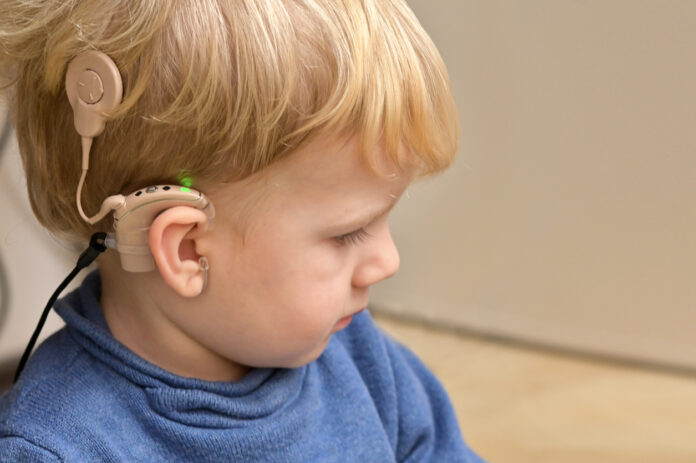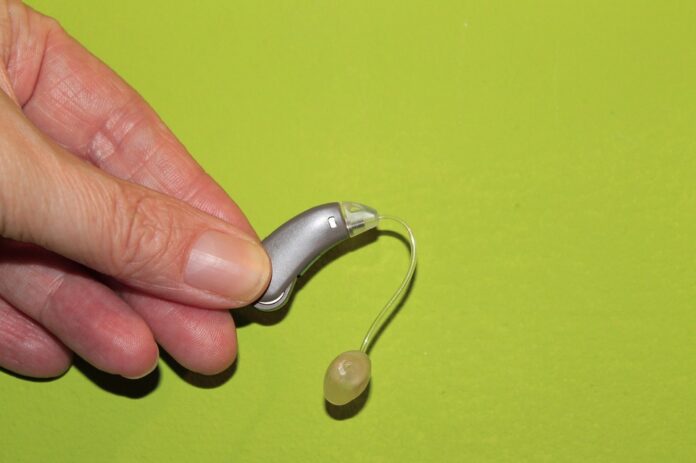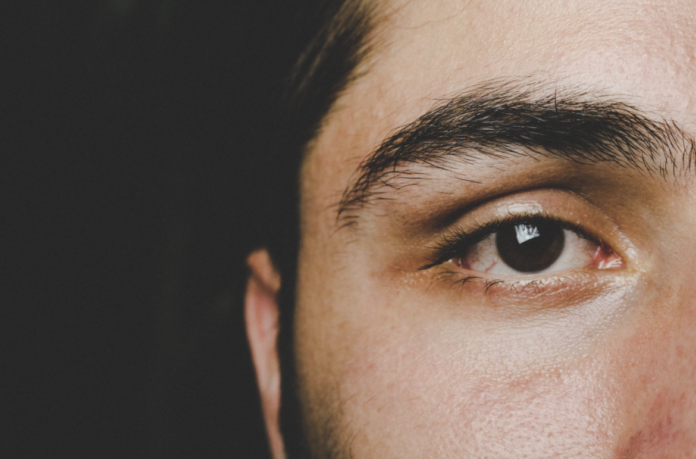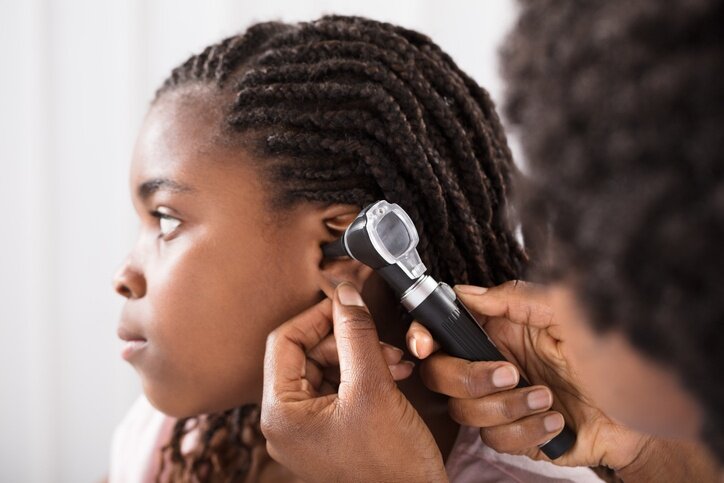Usher syndrome is a rare genetic illness defined by deafness (sensorineural hearing loss) caused by a defect in the inner ear and auditory nerves’ capacity to send sensory (sound) input to the brain, as well as retinitis pigmentosa. This retinal disorder causes progressive vision loss.
There are three forms of Usher syndrome, according to researchers. The underlying genetic cause determines the age at which symptoms arise and their intensity, distinguishing the various kinds of Usher syndrome. Usher syndrome is a genetic condition that is passed down through the generations as an autosomal recessive gene.
What is Usher Syndrome?

Usher syndrome is a genetic disorder that causes vision and hearing loss over time. It’s also possible that it will throw off your equilibrium. The signs and symptoms of the condition differ from one person to the next.
Retinitis pigmentosa (RP) is a degenerative disorder of the retina that affects children, adolescents, and young adults. The retina is a light-sensitive layer of tissue that lines the back of the eye. Light is converted into electrical signals, which the brain interprets as vision, by these cells, also known as rods and cones.
Hearing loss can gradually develop in Usher syndrome because the gene abnormalities that affect the retina also impair the cochlea (the inner ear’s sound-transmitting mechanism).
According to studies, Usher syndrome affects up to 27,000 people in the United States. It is the most common cause of deafness and blindness in the world. Hearing loss affects roughly 30% of patients with RP, and Usher syndrome affects about half of them.
Click here to know more about the disease and its treatment.
Types of Usher Syndrome

Type 1 Usher Syndrome
If a person meets all of the following criteria, they are diagnosed with Usher Syndrome Type 1:
• Profound hearing loss from birth
• Vision loss through Retinitis pigmentosa
• Balance issues
The inner ear problems that a person with Usher Syndrome Type 1 encounters directly impact their spatial orientation and balance. Because of the age at which it manifests and its effect on the most basic bodily activities, such as walking, this type is considered more severe than the other two.
Type 2 Usher Syndrome
Hearing loss at birth and vision loss manifesting in adolescence or young adulthood characterize Usher Syndrome Type 2. Unlike Type 1, which causes severe hearing loss, Type 2 causes mild to severe hearing loss, restricting the capacity to hear high-frequency noises. One of the most noticeable differences between this form and Type 1 is that no abnormalities in the inner ear emerge.
Type 3 Usher Syndrome
Type 3 Usher Syndrome is the least frequent form of the disorder, accounting for only about 2% of all cases. In many aspects, this type of Usher Syndrome is regarded as the mildest of the three. Hearing loss, for example, does not manifest itself until later in life, as opposed to the other two groups where the disease manifests itself at birth. Vision loss might also begin during puberty or later in life. On the other hand, this type of sickness refers to cases in which anomalies in the inner ear have been discovered, affecting the individual’s balance and orientation.
Is Usher Syndrome Common?
Usher syndrome affects three to ten people in every 100,000 people around the world. In Finland, nearly 40% of Usher patients have USH3, the rarest variety in most countries. Usher syndrome is the most frequent hereditary condition that affects both hearing and vision. Types 1 and 2 of Usher syndrome account for about 10% of all moderate to profound deafness instances in children.
Factors Causing Usher Syndrome

Usher syndrome is hereditary, which means it is passed down through the generations from parents to children. Each individual receives two copies of a gene, one from each parent.
Genes are occasionally changed or mutated. Cells with mutated genes may develop or behave improperly.
Usher syndrome is an autosomal recessive condition that is passed down from generation to generation. The term “autosomal” refers to the fact that both men and women are equally likely to develop the condition and pass it along to their children. The term “recessive” refers to a child inheriting two copies of the same defective gene, one from each parent.
A person with one defective Usher gene does not have the condition, but they are carriers with a 50% risk of passing the aberrant gene on to their children. Each kid born to two carriers with the same mutant Usher syndrome gene exhibits the following probabilities:
• There’s a one-in-four chance you’ll have a child who doesn’t have Usher syndrome or isn’t a carrier.
• A two-in-four likelihood of having an unaffected carrier child.
• Usher syndrome affects one out of every four children.
What is the Prognosis for Usher Syndrome?

There is currently no treatment for Usher syndrome. Hearing, vision, and balance issues can be treated with external devices and medications. Early detection aids children in enrolling themselves in educational programs that take into account the severity of hearing and vision loss and a child’s age and ability to fight against the disease.
Hearing aids, assistive listening devices, auditory (hearing) training, cochlear implants, and learning American Sign Language are some available treatment and communication options for affected individuals. Orientation and mobility training for balance issues, Braille education, and low-vision services are all examples of independent-living training.
Vitamin A is effective in the prevention of Usher syndrome. Due to the increased risk of birth abnormalities, pregnant women should not take high-dose vitamin A supplements.
Before trying to conceive, women who are considering pregnancy should stop using high-dose vitamin A supplements from at least six months before.
Conclusion
Usher Syndrome is a rare and obscure condition, but it significantly influences a person’s quality of life. However, for couples concerned about their genetic past and how it may affect them when it comes to having children, genetic testing is highly suggested so that they may learn more about the disease’s current risk for their possible progeny.







